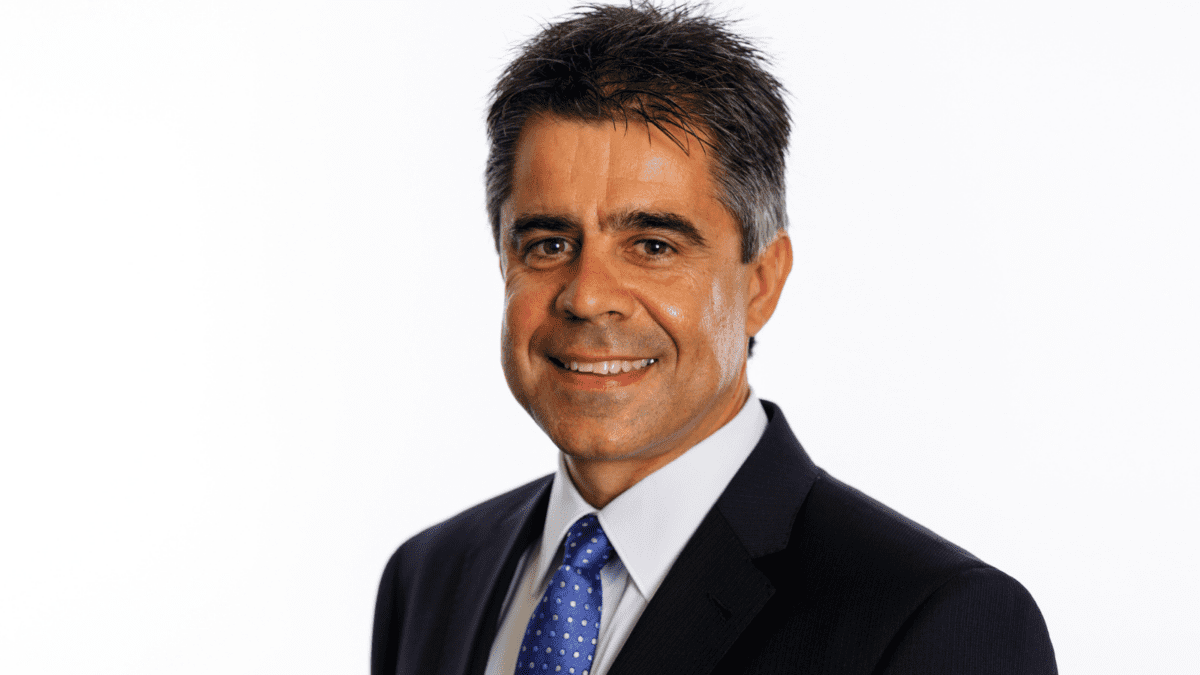Funds rewarded by active management in a tough year
Super fund members have been “spared the worst,” while the outperformance of the top ten funds was generated by active management and chunky allocations to private markets.
As one commentator noted, it will likely be looked back upon as the year that showed up the Barefoot Investor. The super funds that have significantly outperformed this year did so through active management and large allocations to unlisted assets, while those that pursued passive exposure to liquid public markets were punished in an indiscriminate sell-off.
“Super funds have limited their loss to 3.3 per cent on average through diversifying far beyond the traditional asset sectors with meaningful allocations to private equity, unlisted property and unlisted infrastructure – which all had really good returns… The other lever that would have helped was having lower duration in the bond portfolio,” says Mano Mohankumar, senior investment research manager at Chant West.
“The biggest story is around the diversification; if you had an active growth option versus a purely passive one, there would have been meaningful outperformance by being able to invest in asset classes that don’t have listed market indices.”
Chant West’s top ten funds this year run the range from the relatively small legalsuper, with around $5 billion FUM, to the gargantuan Australian Retirement Trust. In descending order, the top 10 performing growth funds for the year were: Hostplus Balanced, Qantas Super Growth, Christian Super My Ethical Super, legalsuper MySuper Balanced, ART Super Savings Balanced, Energy Super Balanced, Australian Catholic Super Retirement Balanced, CareSuper Balanced, ART QSuper Balanced, and HESTA Balanced Growth.
Outperformance in the public markets would have been delivered by off-benchmark exposures and those external managers and internal teams who clung to value through a tough decade for the style, Mohankumar says (the return differential between the MSCI value and growth indices in international shares was 16.5 per cent, though growth is still ahead more than five per cent a year over the last five years).
The home-country bias that the biggest funds have been trying to shake for years was also rewarded; the emissions-heavy ASX was in favour in a year when fossil fuels made significant gains, and it fell only 7 per cent compared to 12 per cent in global markets.
But Mohankumar notes that the tracking error constraints imposed by Your Future Your Super have also seen defensive equity and hedge fund strategies excised from portfolios in a year when they would have provided enormous benefits.
It would have been very hard to make the top ten by investing mainly in traditional asset classes, Mohankumar says. Little or no exposure to unlisted would have “really hurt,” and the unnamed worst performer in the growth category lost about 7.5 per cent. But 75 per cent of the growth universe limited the damage to around a 4 per cent loss, or otherwise delivered higher returns.
And while the significant outperformance of some funds has generated scrutiny of how they value their unlisted assets, Mohankumar is confident in the valuation practices of super funds and points to the out-of-cycle revaluations performed by funds in early 2020 as evidence they take them seriously. It’s also the case that private asset revaluations are made relatively objectively, while public market pricing is often a function of the madness of crowds.
“There were really key lessons learned from the GFC… they aren’t valued as frequently (as public markets), but it could be argued that the more accurate valuation sits somewhere between listed and unlisted markets, and during certain times the unlisted is maybe more accurate – particularly if you think back to 2020 when markets moved down and back up incredibly sharply,” Mohankumar says.
“It does provide a smoother journey. They do accurate revaluations, but we know there is a lag – but we’re really comfortable with the revaluation policies of super funds.”










